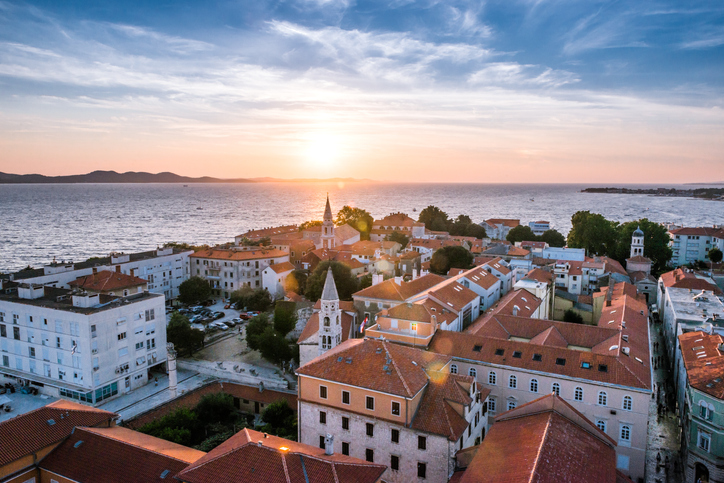Croatia’s touristic slogan – “The Mediterranean as it once was” – hasn’t changed for several years now. This isn’t due to negligence or because of a lack of tourism, but because it’s actually true. Its rocky coastline, enticing beaches and picturesque fishing villages overlook the Adriatic Sea that is frozen in time.
Croatia’s War of Independence ended in 1995, at which point the country had to make an enormous effort to recover and bring itself up to date with the modern world – which it did remarkably well! Croatia reconstructed its infrastructures, selling an image of a Mediterranean Country that’s committed to sustainable tourism.
You should select one of the country’s many faces and explore it in depth.
One of the most interesting routes is that which joins two of its most important cities – Zagreb and Dubrovnik – which are 700 kilometres apart.
This route passes through Zagreb, Plitvice, Zadar, Sibenik, Trogir, Split, Ston and Dubrovnik.
Our starting point is the capital city of Zagreb. With a population of around 800,000 people, this city has a noticeable medieval vibe and is comprised of two parts: The Upper Town and the Lower Town.
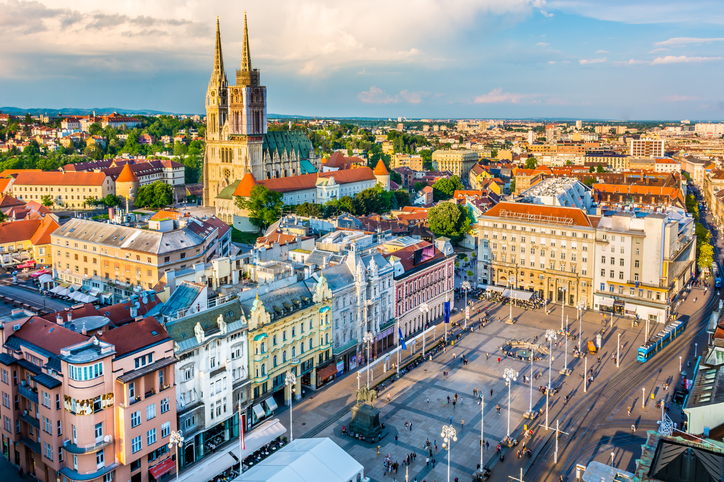
This city, with about 800,000 inhabitants, is brimming with architectural masterpieces. There are various points of interest in the Upper Town, such as Dolac Market, the Stone Gate, Saint Mark’s Square and Catherine’s Square.
After strolling down to the Lower Town, you should visit King Tomislav Square and Marulic Square, finding time in your schedule to also wander along Ilica and Jurisiceva Streets.
The city centre is home to an array of museums and parks that tick a range of boxes. Choose your favourite one and enjoy! Before leaving the city, be sure to sample the magnificent cakes that are sold on every street corner.
Having had a good look around the capital city, your next step should be a visit to Plitvice National Park. This park, located around 140 kilometres from Zagreb, is the best-known park in Croatia, containing 16 lakes that are joined together by waterfalls. The park has accommodation and camping options and offers various routes to be undertaken by foot or with electric vehicles.
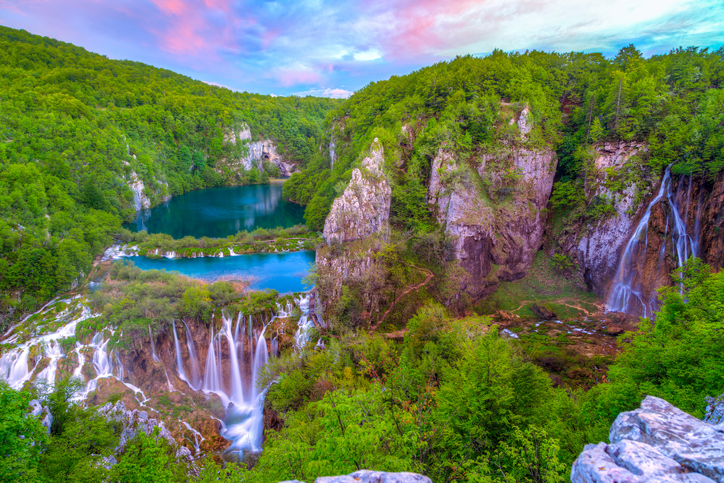
The next stop on the journey is Zadar, which is located around 135 kilometres away and boasts several points of interest. This town has approximately 85,000 inhabitants. Despite its small size, however, it also has the largest old town in the region. It’s renowned for its beautiful seafront promenade which overlooks a series of islands, with its sunsets boasting a reputation for being “the most beautiful in Croatia”, with the latter being complemented by the works “Sea Organ” and “Monument to the Sun” of Croatian architect Nikola Basic.
It is now time to set your sights on the next stop: Sibenik. This city has been one of Europe’s most significant artistic and cultural hubs for centuries. One of its most impressive buildings, the UNESCO-protected St James’ Cathedral, combines gothic and renaissance architectural styles. Tourists flock to this area in the summer months, largely thanks to the picturesque villages that can be found outside of the city.
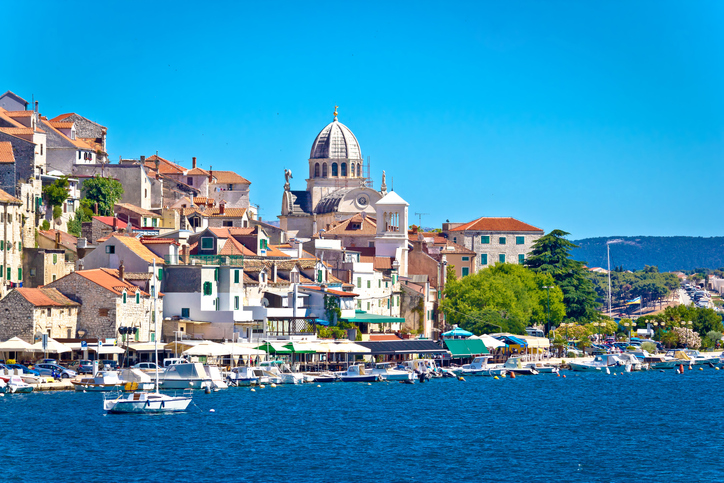
The next stop on this Croatia road trip is the city of Split. By taking a stroll along its streets, visitors can rediscover the classic Roman history and see the splendid juxtaposition of antiquity and modernity that currently exists. The Roman Ruins of Salona are only 10 kilometres away, with these being the most important archaeological remains in Croatia.
Around 25 kilometres from Split is the Trogir City Museum: a stone town built upon an island joined to the continent by several bridges. The historic city of Trogir is also currently listed as a UNESCO World Heritage site.
From Split, you should then take the car to Dubrovnik, known as “the pearl of the Adriatic”. Its popularity has recently soared, largely down to the fact that several scenes in the omnipresent series “Game of Thrones” were filmed in this town.
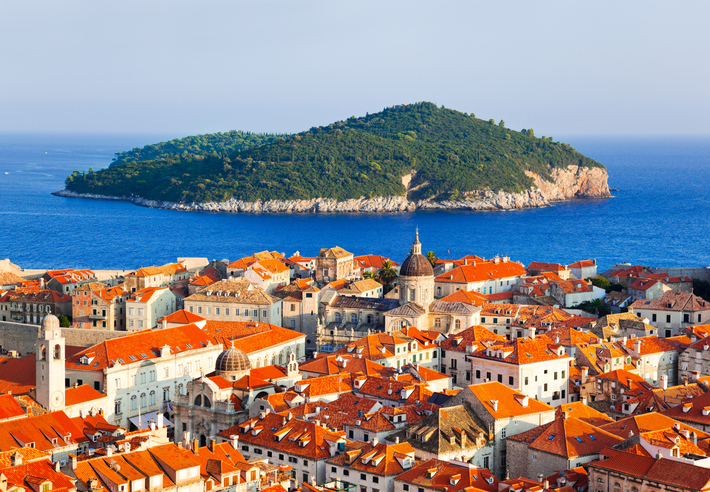
Featuring in this television programme has really put Dubrovnik on the map, which has increased its much-warranted fame. This city, which looks like it has been taken right out of a fairy tale, is notable for its natural elements, beautiful beaches and top-quality touristic infrastructure.
The walls and towers of this walled city have been magnificently preserved, while the baroque buildings, castles, palaces and forts of its old town – formerly Ragusa – make you feel like you are travelling back in time.
Some parts of its cathedral date back to the Byzantine era in the 7th century. The building that you currently see, however, was constructed between the 17th and 18th centuries, building on the Byzantine and Roman ruins in a Baroque architectural style.
The nearby island of Lokrum is undoubtedly worth a day-trip. Visitors aren’t allowed to spend the night on the island or even use cars, making this a truly unspoiled and beautiful landscape. Its nudist beach is another of its main attractions.
The above is just a sample of some of the places to visit in Croatia, with much more to discover on dozens of alternative routes. We recommend making the road trip between May and September, so that you can make the most of the country’s beaches and sunsets.



